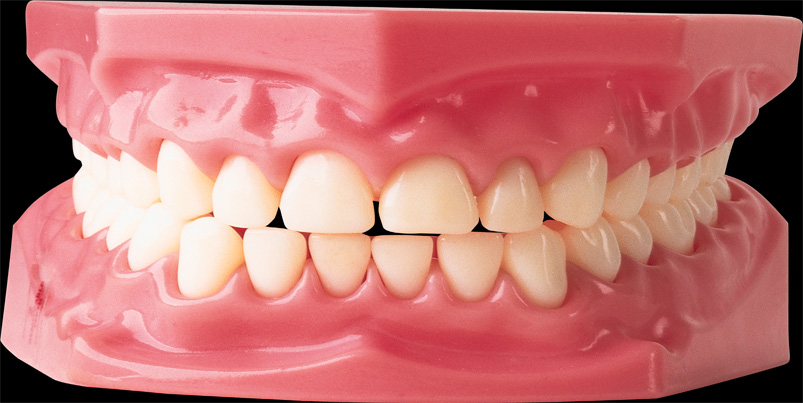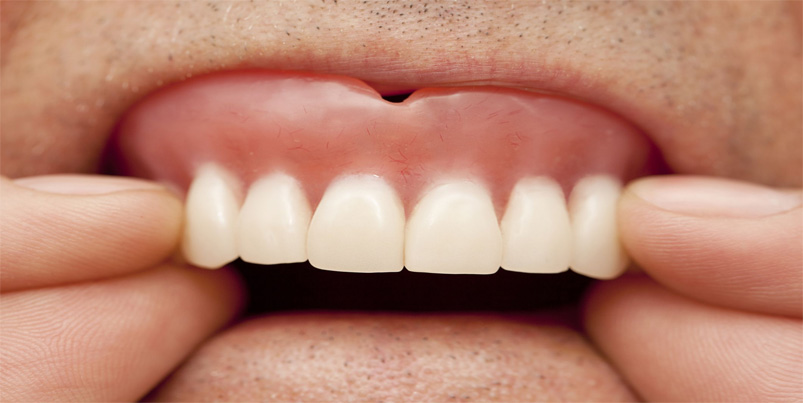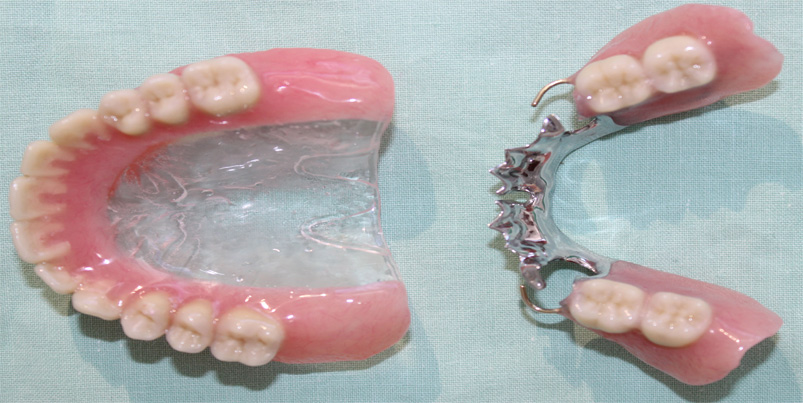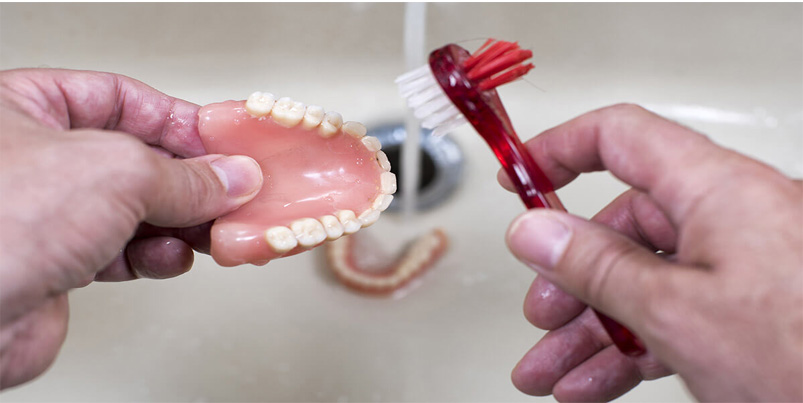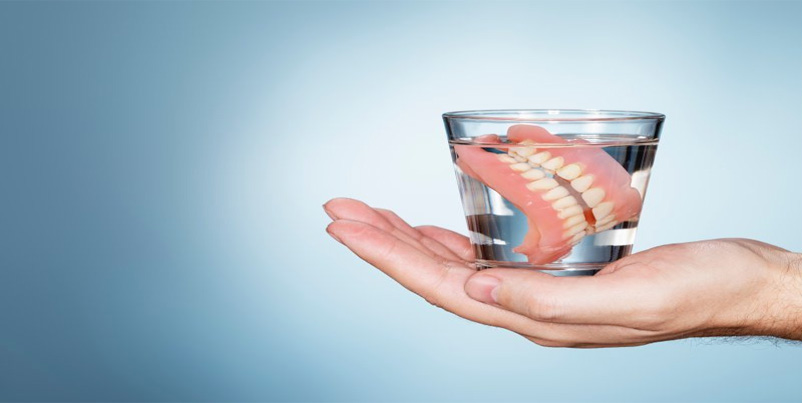Dentures
Denture Treatments
What are Dentures?
Dentures serve as a replacement for missing teeth and surrounding tissues. They are of two types - complete and partial. Complete dentures are advised when all the teeth in the oral cavity are missing, whereas partial dentures are used when some teeth remain. Dentures are custom-made for each patient and help restore the appearance and functions of the oral cavity. They are made to closely resemble your natural teeth so that your appearance does not change much. When all your teeth are lost facial muscles can sag, making you look older. They help fill out the appearance of your face and facial profile.
How Dentures are made?
Step 1: We will make a model by taking the impression of the upper jaw (maxilla ) and lower jaw(mandible ).
Step 2: Trial dentures are done to check the fitting.
Step 3: Final dentures are completed with the necessary corrections.
Step 4: Dentures are ready to wear.
How do you know you need dentures?
Well, when you are missing all your teeth and find it difficult to eat food, speak, or are concerned about the aesthetics of the face, you need dentures! A dentist assesses gum and bone health, recommends full dentures, and creates a customized mold based on alveolar ridge(the bone structure visible in your mouth covered by gums) conditions, offering a relatively cost-effective solution for tooth loss.
Benefits of Dentures
- Improves the aesthetic appearance
- Eating and chewing become easier
- Can improve the speech pronunciation.
- Boost the self-esteem and confidence of the individual
Oral health is overall health
Make sure you are using correct brushing technique
Brushing your teeth at least twice a day is essential – after breakfast in the morning and before going to bed at night. Spend at least 2 minutes brushing, ensuring that all areas are cleaned – the inside, outside, and biting surfaces of each tooth. The key is to aim the toothbrush bristles directly at the gum line, rather than the top of the tooth, as this is where plaque starts to form. Gently move the toothbrush in a circular motion, which will clean away as much plaque from the gums as possible.
Make sure you follow the right diet.
Try to reduce or eliminate the amount of sugary food and fizzy drinks you eat and drink. It converts to acid inside your mouth and can dissolve the minerals in tooth enamel, causing decay (caries) and eventually holes (cavities). Acidic foods and drinks can also cause tooth erosion which causes tooth sensitivity, discolouration and cracks over time.
More tips
After every meal, rinse out your mouth with antiseptic mouthwash to help kill germs, or at least water to wash away food debris. Another handy tip is to clean your tongue as it removes plaque that’s full of bacteria and can cause bad breath. While special plastic tongue scrapers are available at chemists, a toothbrush can be used just as effectively. Don’t be tempted to crack nuts, rip open a plastic package or even remove a bottle top with your teeth – there’s a risk of chipping or breaking. Remember, use your teeth just for chewing food.


